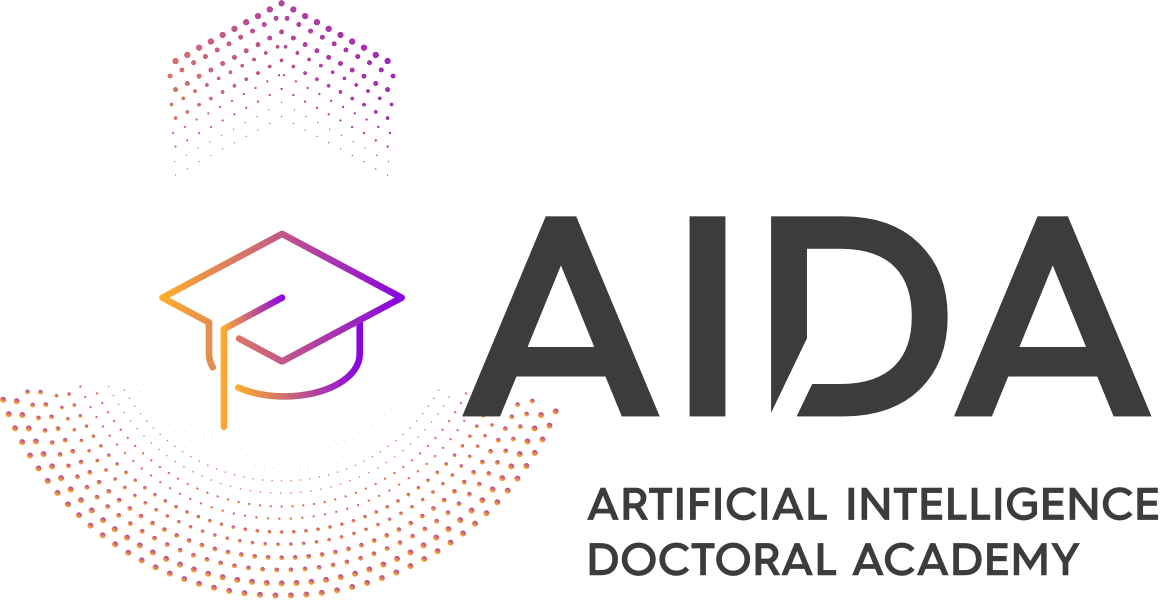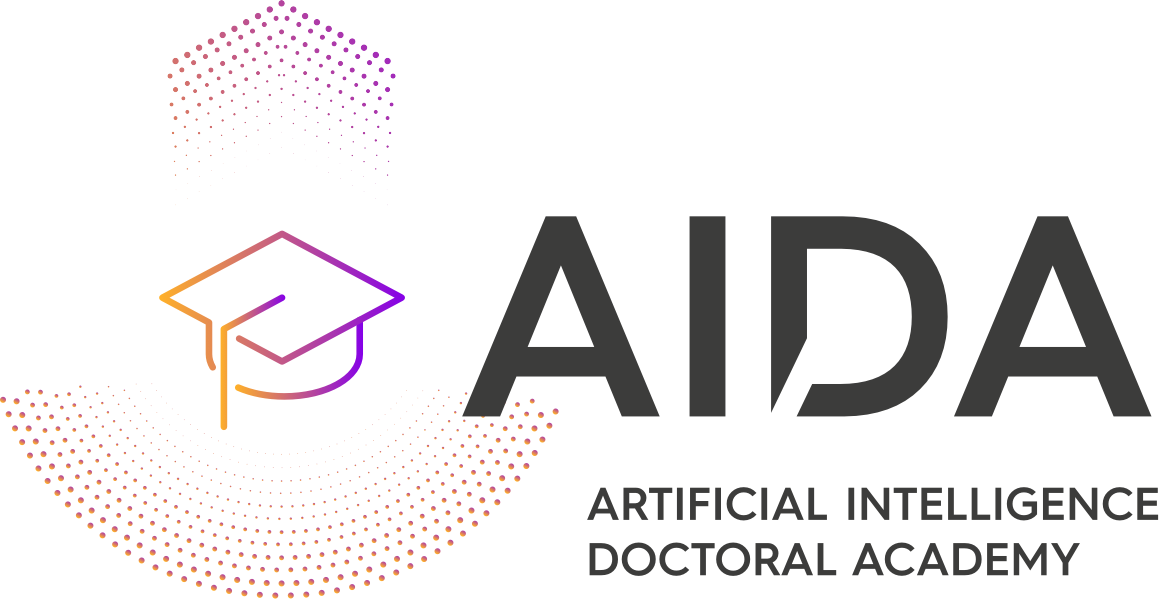Deciding and Learning How to Act
Level
Intermediate, Broad, Theory, Algorithmic
This topic covers ways in which AI agents can be empowered with the ability of deliberating autonomously how to act in the world

Learning outcomes
Knowledge

- Understand the different approaches in the fields of Artificial Intelligence and Formal Methods that can be applied in synergy to develop autonomous agents.
- Recognize the mathematical and algorithmic techniques as well as the key challenges to solve sequential decision-making problems.
- Integrate data-driven learning methods with model-based reasoning methods for deciding and learning how to act.
- Identify the limitations of current machine learning and reasoning methods to act in the real-world.
- Extended and multi-facet models of the world dynamics and tasks.
- Integrating data-based methods with model-based methods in deciding and learning how to act.
- Learning for reasoners and planners, and reasoners and planners for learning.
- Monitoring and controlling to make actions AI trustworthy in the real world.
skills




Students should be able to:
- Program advanced agents using learning and planning techniques for solving sequential decision-making tasks that involve other agents.
- Analyse autonomy in dynamic, partially observable settings involving a single agent or multiple agents.
- Develop methods for optimising control policies in complex sequential decision making problems.
- Implement techniques to balance exploration and exploitation in decision-making tasks that require learning from the environment while acting on it.
- Use linear time logic as a specification language for formulating complex tasks as well as environment properties.
- Apply synthesis from LTL and LTLf specifications to solve planning problems in nondeterministic environments.
Application




Students should be able to:
- Work effectively with others in an interdisciplinary and/or international team to reach a collective objective by sharing knowledge, learning and building consensus.
- Present materials coherently and concisely in written or oral form, with clear use of language to a technical audience.
- Students should be able to work effectively with others in an interdisciplinary and/or international team.
- Students should be able to design and manage individual projects.
- Students should be able to clearly and succinctly communicate their ideas to technical audiences.



 Back to List
Back to List